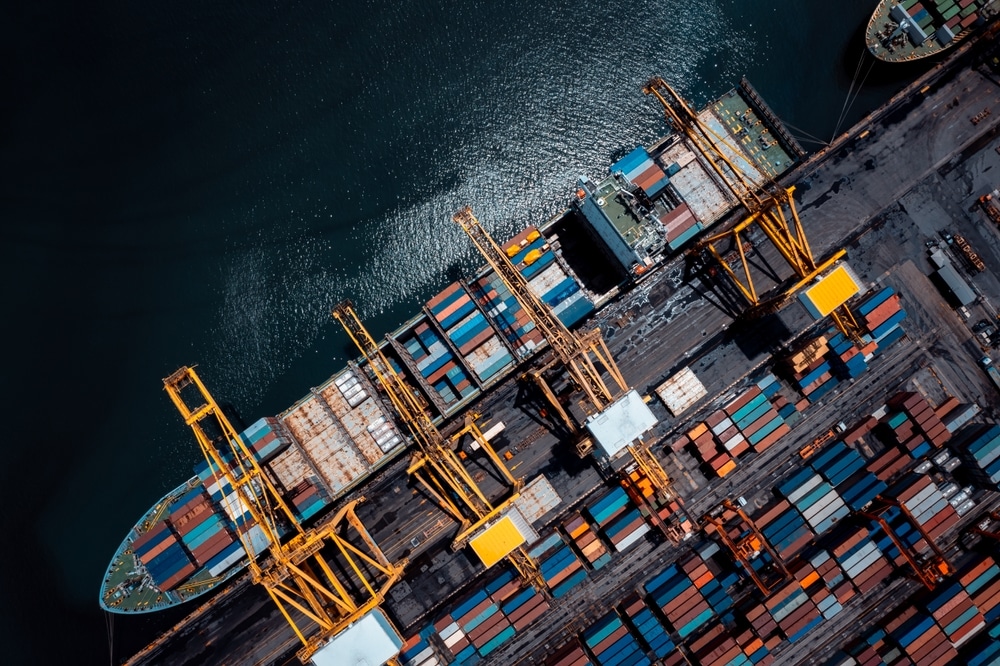Shipping Traffic Sparks Alarming Methane Emissions

A recent study from Chalmers University of Technology has unveiled a concerning link between shipping traffic and elevated methane emissions in shallow waters. Researchers found that shipping lanes emit methane at levels 20 times higher than nearby undisturbed areas. Despite methane’s potency as a greenhouse gas—27 times more effective than carbon dioxide—these emissions often go unnoticed due to current measurement practices.
Understanding the Source of Methane Emissions
The study highlights that methane emissions from shipping are largely independent of the type of fuel used by vessels. This revelation suggests that all ships, regardless of their fuel source, contribute to greenhouse gas emissions, a factor that has been previously underestimated in environmental assessments. Researchers noted that while methane naturally exists in sediments, the movement of ships significantly enhances its release into the atmosphere.
Focusing on shallow marine areas rich in organic matter and devoid of oxygen, the study explains how methane is produced and can escape into the water column. When ships pass through these regions, they create pressure changes that facilitate the release of methane bubbles from the seafloor. The turbulence generated by ship wakes further aids in bringing these gases to the surface, where they can escape into the atmosphere.
Notably, the study identified that cruise and container ships are responsible for the most substantial methane emissions, while ropax vessels, which serve both freight and passengers, also contribute significantly. In contrast, bulk carriers produced lower emissions, indicating that vessel size alone does not determine methane output. Researchers speculate that the dual propeller systems of ropax vessels may play a role in their higher emissions.
Implications for Global Methane Estimates
This unexpected discovery of shipping’s impact on methane emissions emerged during unrelated measurements in Neva Bay, part of the Baltic Sea. The findings are crucial for refining global methane emission estimates, especially since many of the world’s largest ports operate in similar shallow water conditions. Johan Mellqvist, a professor involved in the study, emphasized the importance of this research, noting that nine of the ten largest ports are situated in comparable environments.
The researchers are now advocating for a reevaluation of methane measurement practices, particularly in coastal areas where natural and anthropogenic factors converge. They plan to investigate major ports in regions such as China, Singapore, South Korea, and Europe, including Rotterdam and Antwerp. Ida-Maja Hassellöv, who will lead the follow-up project, expressed concern that methane emissions in these areas are likely underestimated, mirroring the findings from Neva Bay.
